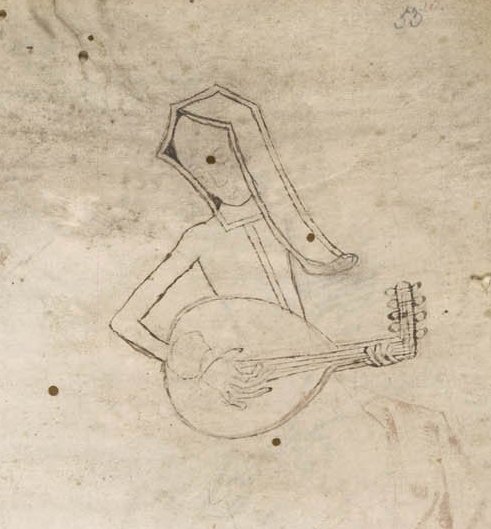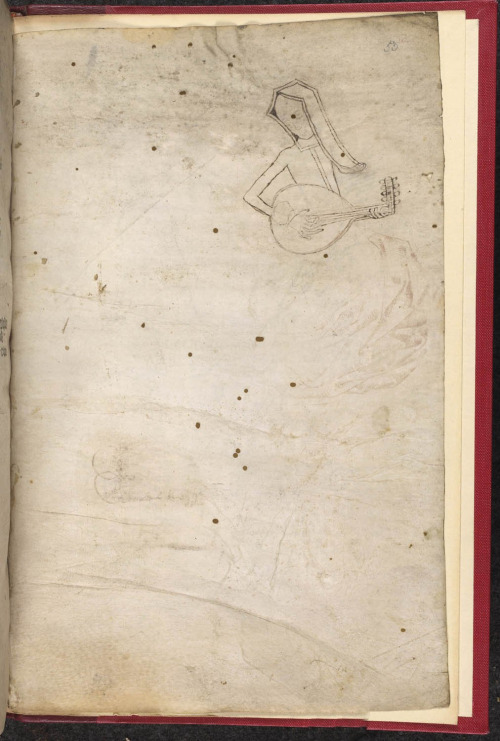January 10th, 2017–David Bowie died one year ago today. Revisiting my own memories of him, it so often seemed impossible that he could grow old, much less pass away, even as we all watched him age over the decades. He did it much better than most, that’s for sure, and grew into the role of elder statesman with incredible poise and grace, though he also didn’t let that role be his last one.
What else should we have expected from the artist who wrote “Changes”—the definitive creative statement on facing time and mortality—at the age of 24, before he’d even achieved the international superstardom that Ziggy Stardust brought him? Bowie was always an old soul. “It’s not age itself,” he told the BBC in 2002. “Age doesn’t bother me. So many of my heroes were older guys.… I embrace that aspect of it.” And so, in his later years, he became an older guy hero to millions.
In 1997, after his drum and bass-inspired Earthling, Bowie gave an interview in which he offered the timeless wisdom to younger artists in the clip above:
Never play to the gallery.… Never work for other people in what you do. Always remember that the reason that you initially started working was that there was something inside yourself that you felt that if you could manifest in some way, you would understand more about yourself and how you co-exist with the rest of society.… I think it’s terribly dangerous for an artist to fulfill other people’s expectations.
It’s advice we’ve likely heard some version of before—perhaps even from one of Bowie’s own older-guy heroes, William S. Burroughs (here by way of Patti Smith). But I’ve never heard it stated so succinctly and with so much conviction and feeling. We naturally associate David Bowie with artful inauthenticity, with a succession of masks. He encouraged that impression at every turn, even telling a graduating Berklee College of Music class in 1999, “it seemed that authenticity and the natural form of expression wasn’t going to be my forte.”
But in hindsight, and especially in the rapt, posthumous attention paid to Bowie’s final work, Blackstar, it can seem that his embrace of poses was often itself a pose. Bowie has always been candid, in various moments of self-reflection, about his missteps and excesses. But not to have taken the risks he did, not to have placed himself in uncomfortable situations, would have meant impoverishing his work. “The other thing I would say,” he goes on, “is that if you feel safe in the area you’re working in, you’re not working in the right area. Always go a little further into the water than you feel you are capable of being in. Go a little bit out of your depth. When you don’t feel that your feet are quite touching the bottom, you’re just about in the right place to do something exciting.”
If you would like to sign up for Open Culture’s free email newsletter, please find it here. Or follow our posts on Threads, Facebook, BlueSky or Mastodon.
If you would like to support the mission of Open Culture, consider making a donation to our site. It’s hard to rely 100% on ads, and your contributions will help us continue providing the best free cultural and educational materials to learners everywhere. You can contribute through PayPal, Patreon, and Venmo (@openculture). Thanks!
Related Content:
The Story of Ziggy Stardust: How David Bowie Created the Character that Made Him Famous
Patti Smith Shares William S. Burroughs’ Advice for Writers and Artists
Josh Jones is a writer and musician based in Durham, NC. Follow him at @jdmagness



